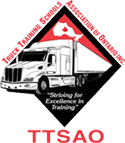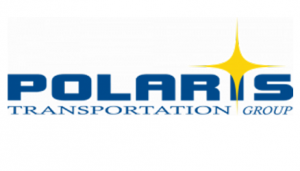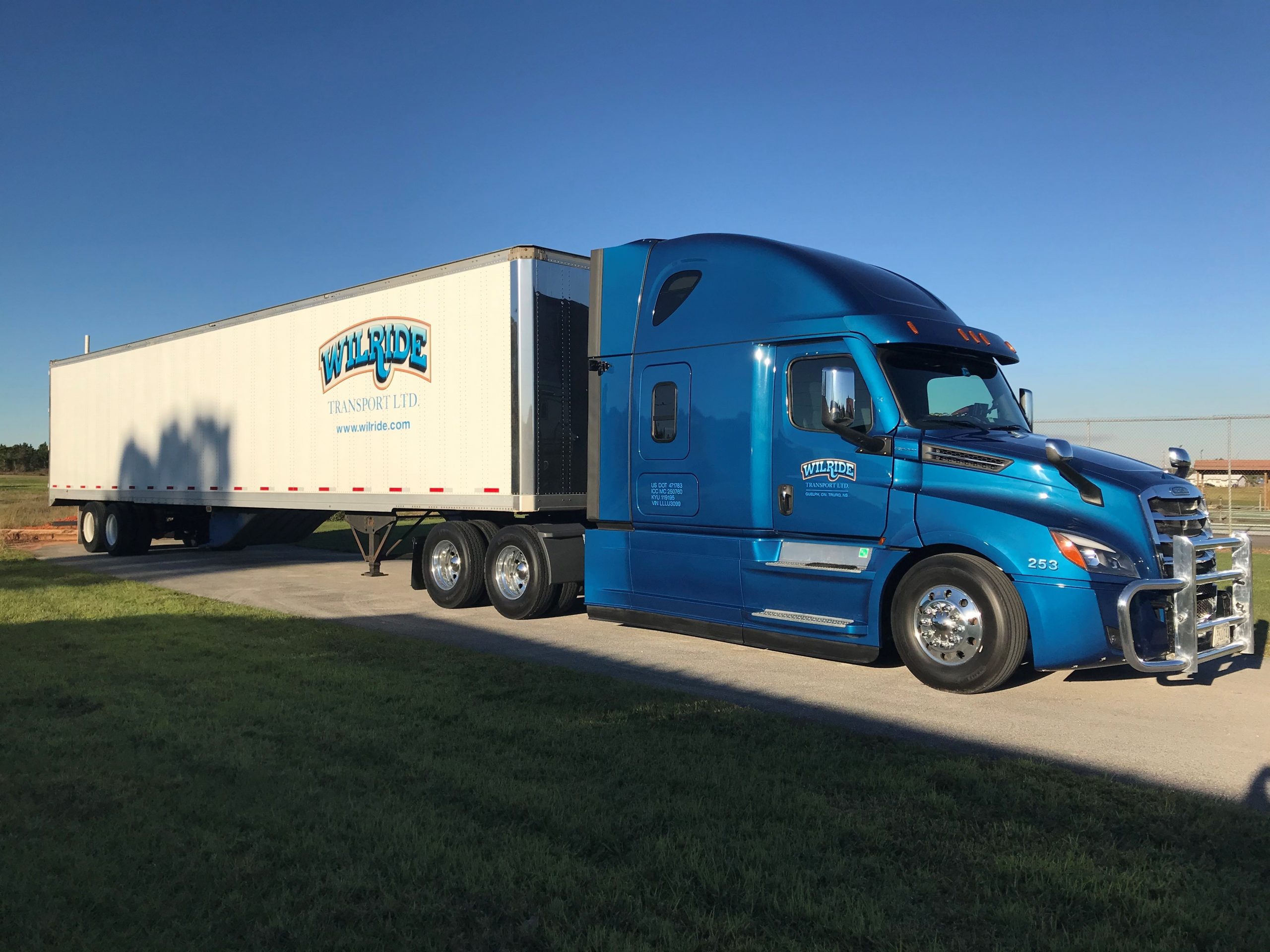
by wtfcanada2015@gmail.com | Jan 30, 2025 | BLOG
For the past 20 years, Brian Patterson has been a steadfast advocate for road safety in Ontario. His dedication to reducing preventable deaths, injuries, and destruction on our roads through public education and safety awareness has made a significant impact. Brian’s strong advocacy with various governments and leaders has led to positive changes that benefit all Ontarians.
Many of us know Brian from his appearances on news, radio, and safety commercials. Who can forget Elmer the Safety Elephant, beloved by children? Today, the Ontario Safety League is recognized as one of North America’s leading traffic safety organizations, providing the general public with safety information and programs. The Ontario Safety League is a registered not-for-profit charity. Learn more about them at ontariosafetyleague.com
Last night, we had the honor of attending Brian’s retirement celebration. It was an amazing evening of sharing memories of a remarkable man and his many contributions to society. Brian, we will miss your strong voice. Over the years, his family so selflessly shared more of his time with his work and not them. Behind every successful man is an incredible woman. Lesley, thank you! Happy retirement, Brian, and good luck with that honey-do list.
-

-
Brian Patterson
-

-
OPP Sgt. Kerry Schmidt
-

-
Ken Adams TTSAO Chairman
-

-
Joe Warmington & Brian Patterson
-

-

-

-
Shelley Walker & Sgt. Kerry Schmidt
-

-

-
Shelley Walker & Brian Patterson

by wtfcanada2015@gmail.com | Nov 22, 2024 | Bronze Members, Friends and Supporters

Striving for Excellence in Training
Committed to providing the trucking industry with the highest quality driver training programs for entry-level individuals that earn and maintain public confidence, adhering to sound and ethical business practices.
The Truck Training Association of Ontario (TTSAO) is compiled of the top truck driving schools in Ontario and major trucking industry influencers who have a common goal of striving for excellence in training. Working together, the TTSAO drives the training standard of the Ontario trucking industry. Through government advocacy, peer mentoring, Canadian trucking industry stakeholder meetings, educational conferences and Association support services, we ensure our members have a prominent voice in the Canadian Trucking industry. TTSAO members are well informed and provide a positive support network for one another. Our Industry partners form key association advisory groups. The expertise of the Carrier Group, the Insurance Group and key suppliers ensures our member schools and the TTSAO are always on the cutting edge of the industry.
If you are considering a career in trucking, the TTSAO should be your first stop. We will provide you information on the Canadian trucking industry, the various careers available, TTSAO member school exclusive financing options (PayBright) and advice for the top trucking school in your area.

by wtfcanada2015@gmail.com | Oct 8, 2024 | Career Board

Company Overview
Founded in 2018, Environmental 360 Solutions (E360S) is dedicated to becoming North
Americas leading and most trusted environmental management company. Growing through
acquisition and organic growth, E360S provides environmental and waste management
solutions to municipalities and commercial customers.
Job Description
A great opportunity exists for an experienced DZ TRUCK DRIVER to support our team and
ensure our fleet service standards are met. Working in a team environment all job duties
support the collection and recycling of batteries, and hazardous waste, preparing/packaging of
material for shipment, and loading/ unloading materials.
Position Responsibilities
Operate one or more vehicle types with both automatic and standard transmissions and
collect solid waste, yard waste and/or recyclables on a collection route. Route may vary
daily based on service needs
Complete pre-trip and post-trip safety lane inspections and reports, daily truck report,
route sheets and other documentation requested by the supervisor daily
Communicate vehicle mechanical problems to mechanic and supervisor immediately.
Operate truck and equipment using prescribed techniques to eliminate driver-induced
mechanical failures.
Follow safety standards, equipment checks and precautions in performance of all duties.
Comply with all national, provincial, local and rules on safety and vehicle operation.
Maintain a clean vehicle by cleaning cab interior and exterior of vehicle.
Attend daily safety meetings as per site requirements.
Qualifications and Experience
Valid class DZ drivers’ license (required)
2+ years of commercial driving experience
Clear driver’s abstract
Experience working in safety regulated environments
Ensure safety is a priority
Excellent interpersonal, service skills and ability to develop effective working
relationships
Strong commitment to excellence, accuracy, and attention to detail
Exceptional time-management skills
Demonstrated flexibility in adapting to a wide variety of tasks and functions
Ability to wear protective equipment (metatarsal work boots, ear/eye protection, hard hat,
safety vest/gloves)
Prioritizations skills with the ability to adapt to change
Ability to work in demanding environments (noise, dust, contamination)
Ability to lift 50 kg
What We Offer
Competitive hourly wages with premiums
Company sponsored benefits
Paid training
RRSP/DPSP Contributions
Candidates can email recruitment@e360s.ca and put the name of the job and location in the subject line

by wtfcanada2015@gmail.com | Jul 30, 2024 | Announcement

About Geri Cox: For over 50 years, Geri Cox has been a driving force in the transportation industry. As the founder of Polaris Transportation Group in 1994, Geri’s vision and leadership have been instrumental in shaping the company’s trajectory and success. Her commitment to excellence continues as she actively contributes to the Polaris Executive Leadership Team, identifying opportunities to enhance strategic initiatives for the company’s overall growth.
Geri fosters an environment for women to advance and grow within Polaris and beyond. Her dedication and contributions serve as an inspiration to all, particularly women looking to make their mark in this traditionally male-dominated field. Her leadership and mentorship have paved the way for many women at Polaris and within the transportation industry.
Award Purpose: The Geri Cox Allyship Excellence Award honors male allies who have demonstrated a commitment to advancing the inclusion of women in trucking through intentional, positive, and conscious actions within their sphere of influence. This award recognizes those whose actions have significantly contributed to the betterment of Canada’s trucking industry.
- Commitment to Inclusion: Demonstrates a consistent, dedication to promoting the inclusion of women in the trucking industry.
- Intentional Actions: Engages in positive and conscious actions to support women’s advancement within the industry.
- Industry Impact: Contributes significantly to the growth and improvement of Canada’s trucking industry through these inclusive practices.
How to apply – Deadline to Apply Aug 23rd, 2024
- In 500 words or more tell us why you’re nominating this individual
- Send 2 letters of support with your nomination
- Include a photo of your nominee
- Include nominee’s contact information
- Send email to inquiries@wtfc.ca
- Please include the best way to contact you should we have any questions
- Award will be presented at our Bridging the Barriers Conference
Why This Award Matters: Geri Cox has made an impact by breaking barriers and fostering inclusivity within a traditionally male-dominated field. This award celebrates male allies who embody these values, ensuring that the trucking industry continues to evolve into a more inclusive and equitable space for all.
By recognizing and honoring these individuals, we aim to inspire more positive changes and support the ongoing efforts to make the trucking industry a place where everyone can thrive.
Why Polaris is Sponsoring the Geri Cox Allyship Excellence Award
Polaris is proud to sponsor the Geri Cox Allyship Excellence Award as a testament to our commitment to advancing gender equality and inclusion within the trucking industry. Named in honoring of our founder, Geri Cox, this award celebrates male allies who have made significant strides in supporting and uplifting women in this traditionally male-dominated field.
Our Commitment to Gender Equality: At Polaris, we believe in giving women a chance to excel in trucking. By sponsoring this award, we aim to highlight and reward the efforts of those who actively work towards creating an inclusive environment where women can thrive. We recognize that diversity brings strength and innovation, and we are dedicated to fostering a culture that values and promotes equal opportunities for all.
Celebrating Positive Change: The Geri Cox Allyship Excellence Award honors individuals who have demonstrated their commitment to supporting women’s inclusion in trucking. These allies play a crucial role in driving positive change, breaking down barriers, and ensuring that women have the same opportunities to succeed as their male counterparts.
Building a Better Future: By celebrating the achievements of male allies, we hope to inspire more individuals to take intentional, positive actions that support gender equality. Our sponsorship of this award reflects our ongoing dedication to making the trucking industry a more welcoming and equitable space for everyone.
Through this award, Polaris continues to champion the values that Geri Cox instilled in our company from the very beginning. We are committed to building a future where the contributions of women in trucking are recognized, valued, and celebrated


by wtfcanada2015@gmail.com | Jul 30, 2024 | Career Board
Wilride Transport Ltd. is looking for experienced AZ cross-border drivers to run east coast, mid-west, south and with good time management skills, and a good understanding of the industry.
The ideal candidate for this job has the experience and has the ability to communicate effectively. If you are looking to join a premier transportation company, and become an integral part of results-oriented team send a resume today we would like to speak with you. Send resume to recruiting@wilride.com
We Offer:
- Competitive wage
- Paid drops/pickups, mileage, border crossing, clean inspection bonus, safety bonus.
- Driver referral bonus
- Group benefits/Pension plan available upon hire, no waiting period.
- Reliable, clean, maintained trucks.
- Passengers permitted.
- No/Limited touch LTL.
- Bi-weekly direct deposit
- Pets permitted
- Out of Country coverage Day 1
- Paid Drops/Picks/Clean Inspection/safety Bonus
Qualifications:
- AZ Truck Driver with a minimum of 2 years of cross-border experience.
- Clean Canada wide criminal search and a Resident of Canada
- Satisfactory road test
- Good references
- Negative pre-employment drug test
- Effective Communication skills
- Punctual and reliable
- A clean driving record
Regional Responsibilities:
- Safely transporting goods to and from specified locations according to company deliver schedules
- Maintaining an accurate logbook of driving activities, detailing the number of hours worked, deliveries completed, and rest periods.
- Properly secure goods to ensure that they are not damaged in transit
- Assist using a forklift on our cross-dock when required
- Obtaining signatures from customers upon completion of each delivery to confirm receipt of goods
- Notifying management of any accidents, parking tickets, vehicle damage, and major maintenance issues
- Ensuring that the company truck is always clean and well-maintained
- Complete a successful road test.
By applying to this position, you are confirming you possess either a Canadian citizenship, permanent resident status, or work permit.
Located:
77 Arrow Road Guelph, ON N1K 1S8
Website:
www.wilride.com
We are committed to diversity and inclusion and thank all applicants in advance.


















